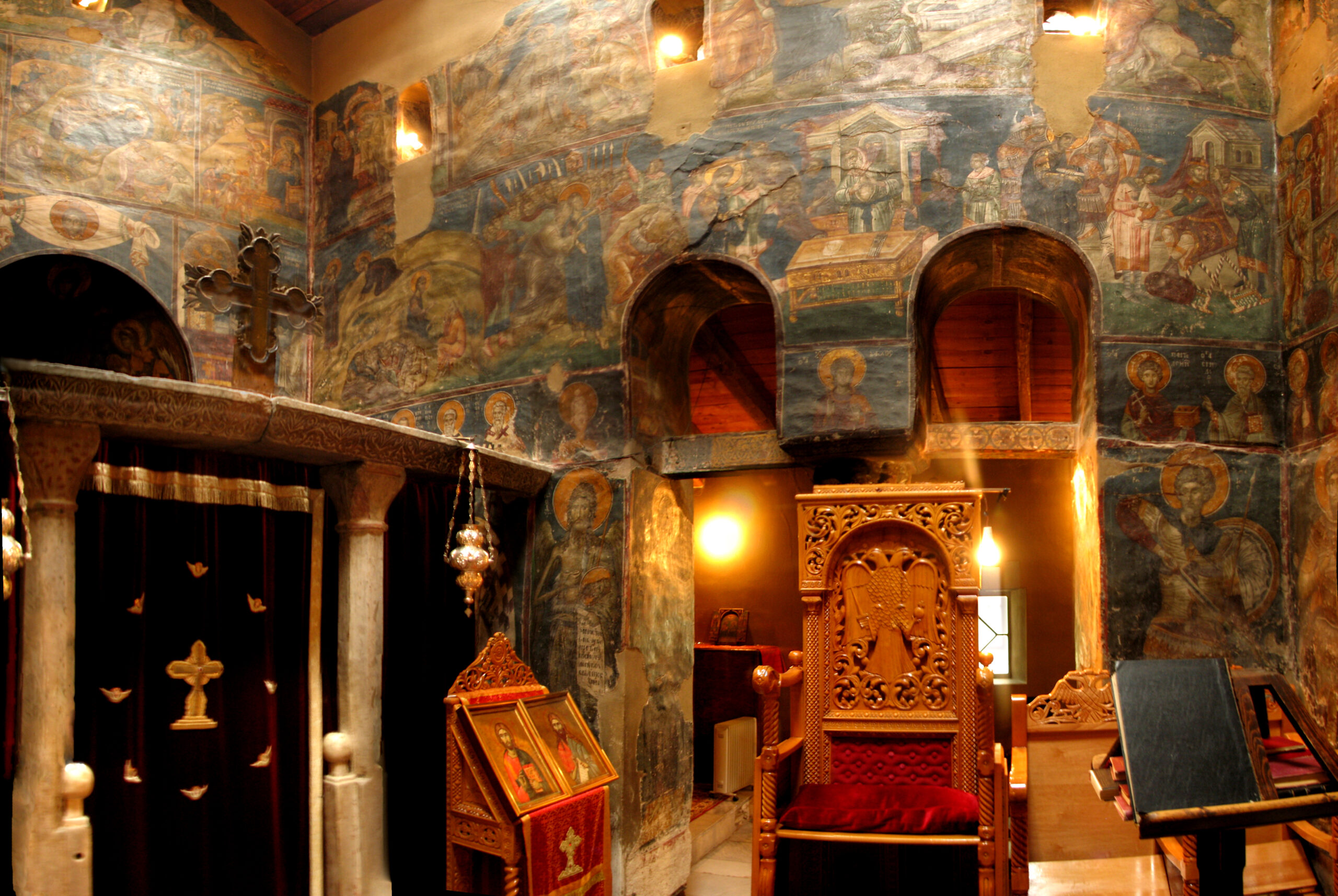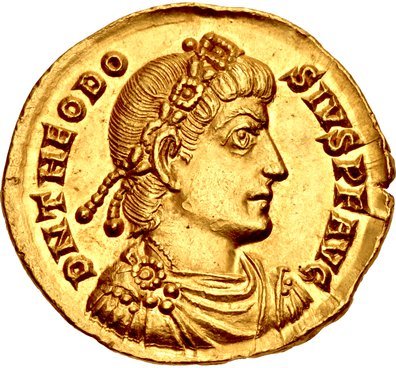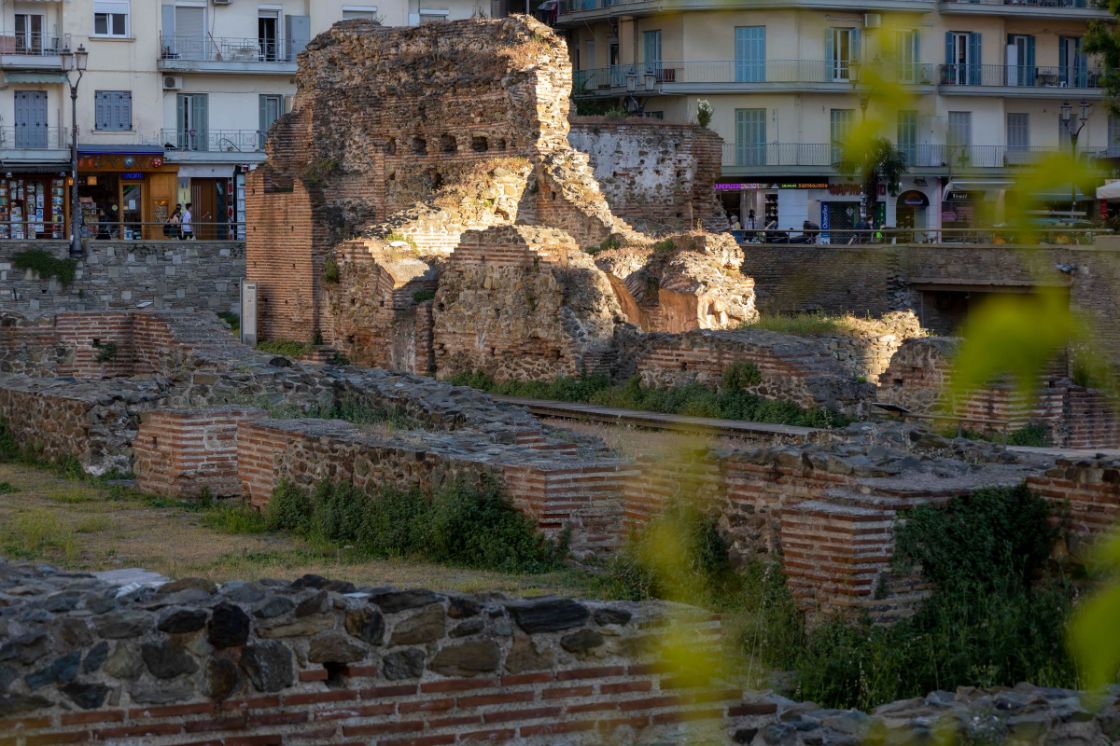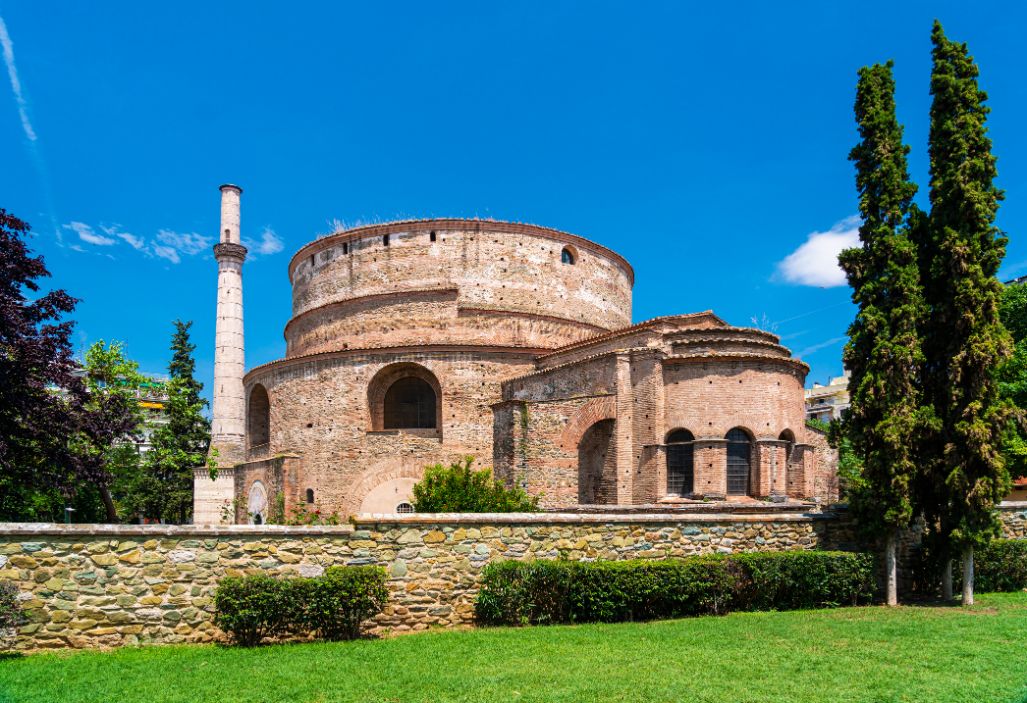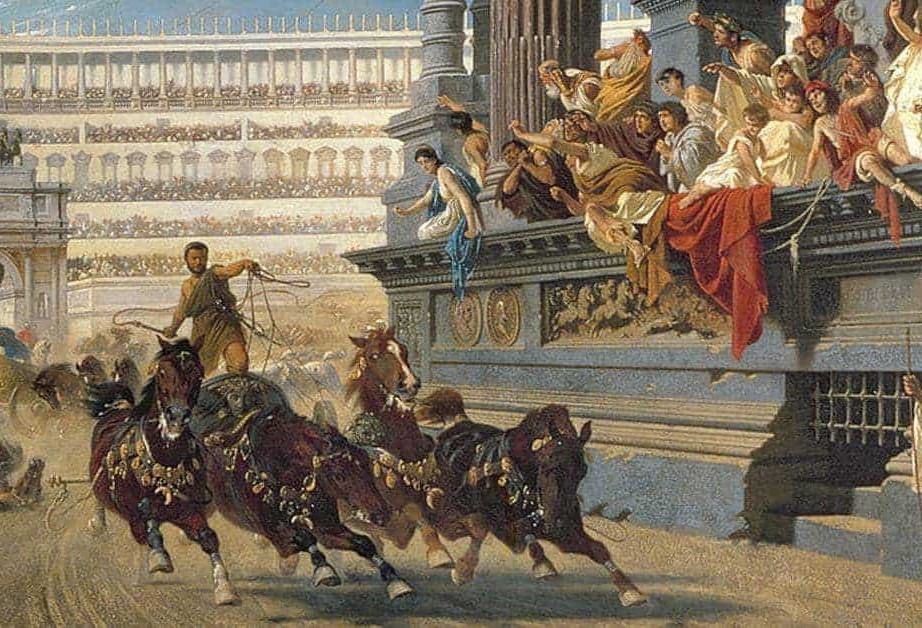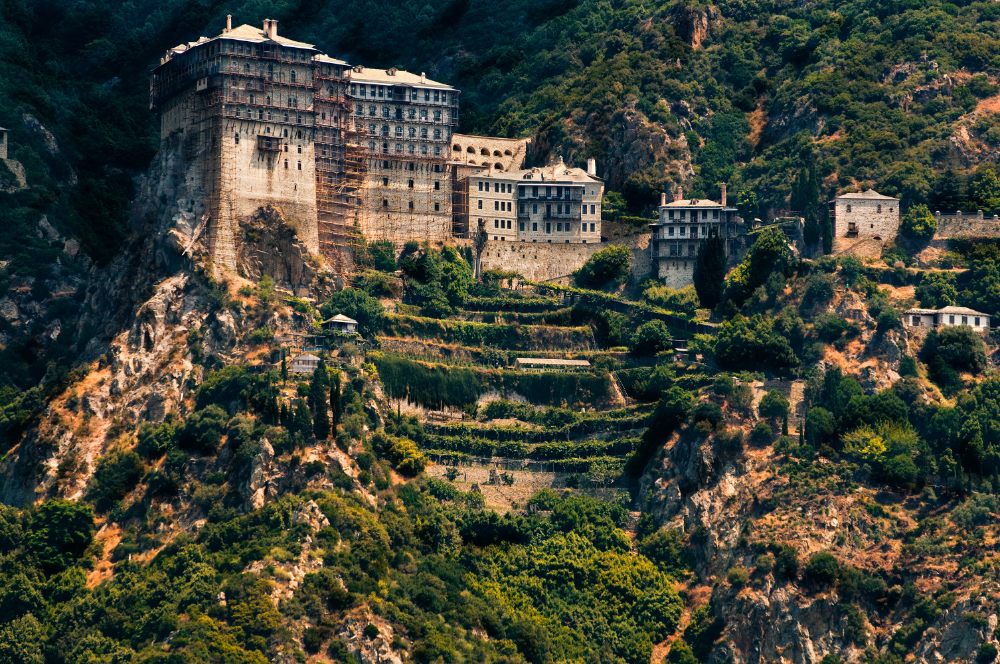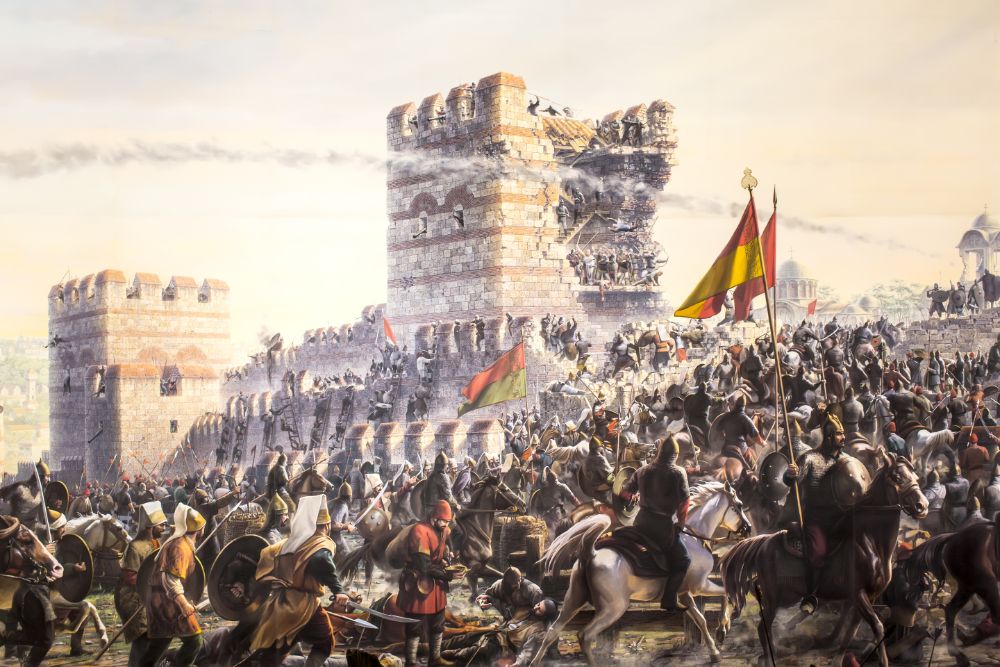A Late Byzantine Gem in the Heart of the Upper City
The Church of Saint Nicholas Orphanos, located in the quiet alleys of the Upper Town (Ano Poli) of Thessaloniki, is one of the finest examples of late Byzantine religious art and architecture. Built in the early 14th century, during the reign of Emperor Andronikos II Palaiologos, it reflects the spiritual and artistic flowering of the Palaiologan Renaissance—a period marked by renewed interest in classical traditions within the framework of Orthodox Christianity.
The church is modest in scale, with a wooden roof and elongated ambulatory, but its significance lies in the exceptional frescoes that adorn its interior. These wall paintings, executed around 1310–1320, showcase a sophisticated visual language combining naturalistic detail with spiritual intensity. Art historians believe they may be the work of a workshop connected to Mount Athos or even Serbian patrons during the time of King Milutin, reflecting Thessaloniki’s close cultural ties across the Orthodox world.
The church’s name, “Orphanos,” likely refers not to a charitable function for orphans but to an unknown benefactor. Tucked behind high stone walls and surrounded by gardens, the monument remains a peaceful sanctuary and an evocative remnant of Thessaloniki’s Byzantine past.
Photo by Herbert Frank, Wikimedia Commons

